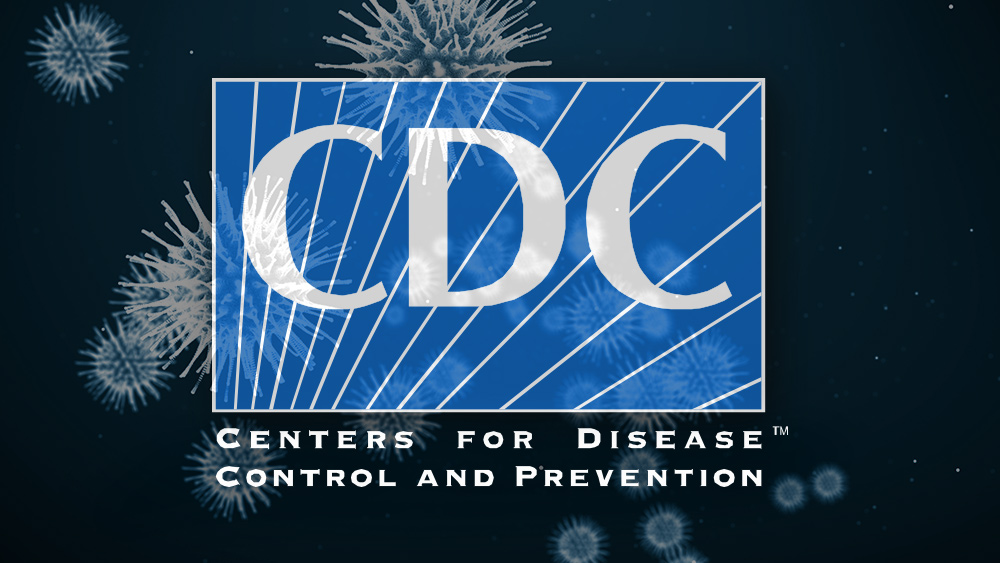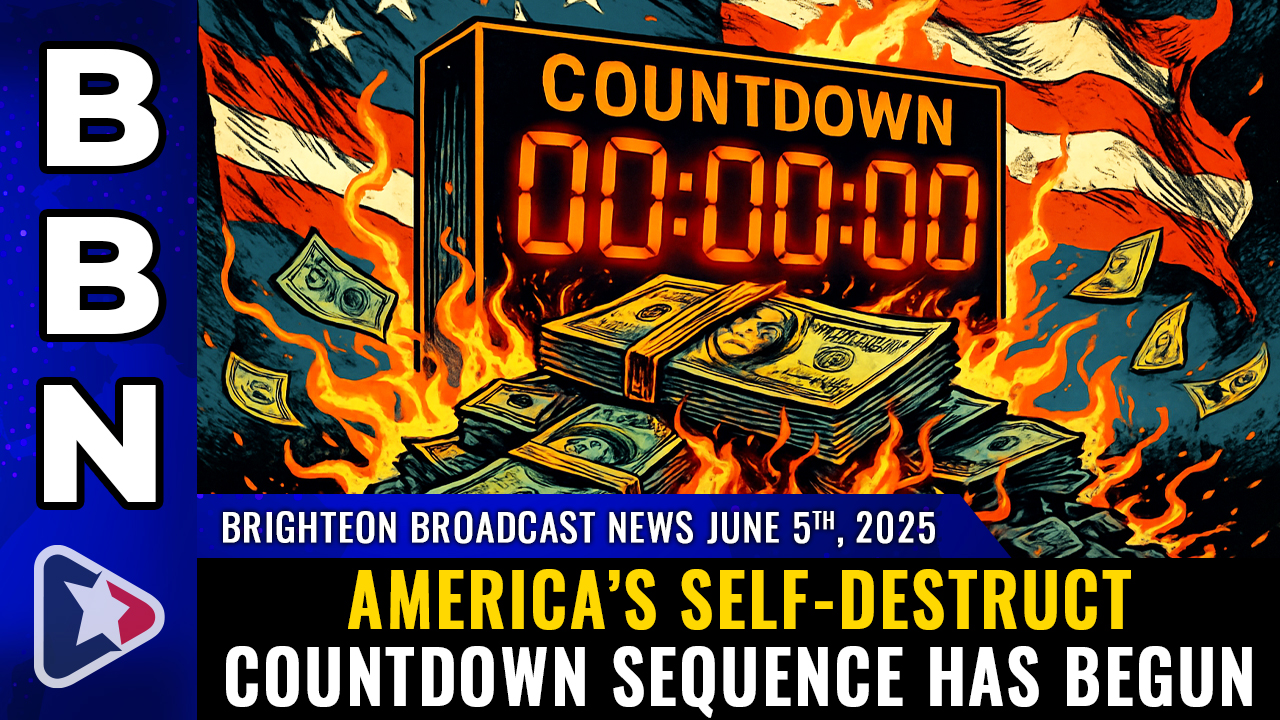 Parler
Parler Gab
Gab
- CDC identifies fewer than 20 cases of variant NB.1.8.1 in the U.S., recently dominant in China.
- Symptom profile includes a hallmark burning throat but no increased severity over prior variants.
- FDA imposes strict booster shot restrictions for most Americans, requiring new trials for widespread use.
- China’s reported low mortality rate draws scrutiny, contrasting with higher regional figures abroad.
- WHO labels NB.1.8.1 a “Variant Under Monitoring,” stressing transmissibility as primary concern.
Tracking NB.1.8.1: Transcontinental spread and CDC’s surveillance
The Centers for Disease Control and Prevention confirmed to the Epoch Times on May 25 that fewer than 20 cases of NB.1.8.1, a sub-lineage of the XDV strain of SARS-CoV-2 (an Omicron descendant), have been identified in U.S. surveillance data. The agency highlighted the variant’s “growing transmissibility” but noted that current case numbers remain below the threshold for inclusion in its weekly pandemic tracking dashboards. “Should its prevalence increase, it will automatically appear on the tracker,” a spokesperson said. In China, NB.1.8.1 is now dominant, with experts citing a distinctive burning sore throat as a key symptom. Hong Kong officials observed a spike in hospitalizations, though they stressed there is no evidence of heightened severity compared to earlier variants. The World Health Organization labeled NB.1.8.1 a “variant under monitoring,” citing rapid spread but no new risks beyond comparable lineages. The variant’s arrival in the U.S. mirrors past pandemic patterns. “History repeats itself — new variants always find a way across borders,” said Dr. Jonathan Liu of the Canadian College of Traditional Chinese Medicine, noting parallels to the B.1.1.7 strain detected in 2020.Transmissibility trumps severity: Expert insights and public guidance
While NB.1.8.1 appears highly contagious, health researchers stress it does not portend an abrupt return to severe illness or death rates seen earlier in the pandemic. “Symptoms align with prior variants — fever, cough, fatigue — but the burning throat may set it apart,” said microbiologist Subhash Verma of the University of Nevada’s School of Medicine, referencing data from Chinese medical journals. Dr. Amy Edwards of Case Western Reserve University added that lab studies show the variant’s “tighter binding to human cells” likely fuels transmissibility, not pathogenicity. “Hospitalizations in China suggest a surge in cases due to its reach, not threat. Think seasonal flu-like dynamics,” she said. The CDC’s current guidance mirrors global advice: masking in high-transmission settings, staying home when symptomatic and updating vaccines for at-risk groups. In Delhi, Health Minister Pankaj Singh emphasized preparedness without panic: “Mild symptoms dominate. Keep hospitals stocked, but no need to reimpose lockdowns.”FDA’s vaccination policy sparks frustration and uncertainty
The pandemic’s next chapter faces a stark challenge: access to updated vaccines. The FDA announced stricter safeguards last week, restricting NB.1.8.1-targeted boosters to seniors and those with underlying conditions — approximately 100 million Americans — while mandating new clinical trials for broader distribution. “This creates two Americas: one protected, one left guessing,” said Céline Gounder, KFF Health News editor, on "CBS Mornings Plus." Critics warn the rules could delay or deter immunization as the variant spreads. Verma noted the policy could erode public trust: “If people don’t qualify, why bother seeking a vaccine at all? This undermines community immunity.” Secretary Robert F. Kennedy Jr., who chairs the FDA under the current administration, has openly criticized vaccine mandates — a stance experts argue clashes with scientific consensus. Dr. Verma pressed for “clearer language on eligibility” and urged transparency on the new booster formula.China’s low death rates stir skepticism amid rising caseloads
China’s reported seven monthly deaths from the variant, despite widespread transmission, has drawn scrutiny. Dr. Liu questioned the data, noting Canada alone recorded 2,000 deaths during comparable months. “Their stats defy basic epidemiology,” he stated, alleging possible underreporting or unaccounted mortality misclassification. Hong Kong health authorities acknowledged hospitalization spikes but echoed WHO findings — that NB.1.8.1 does not breach severity thresholds — while reinforcing mask mandates on public transit. “Prevention remains key,” said Dr. Li Tongzeng of Beijing You’an Hospital, expecting China’s peak in cases by late May.Navigating the pandemic legacy
As NB.1.8.1 blurs the line between pandemic recovery and recurring waves, the U.S. faces a pivotal moment. The CDC’s cautious surveillance, paired with FDA’s restrictive policies, risk a fractured response to variants that disproportionately impact vulnerable populations. With trust in public health institutions already waning globally, clarity and equitable solutions will be critical. For now, mitigation strategies — masks, updated shots for eligible groups and robust data-sharing — remain the foundation. “We’ve got the tools,” Gounder said. “The challenge is ensuring they reach everyone before the next variant arrives.” Sources for this article include: TheEpochTimes.com CBSNews.com FoxNews.comBIG LIE: New Covid variant is DEADLIEST and MOST CONTAGIOUS one yet
By S.D. Wells // Share
FDA issues highest-level recall for TOMATOES contaminated with Salmonella
By Ramon Tomey // Share
The dopamine dilemma: Navigating the stress epidemic in modern life
By Kevin Hughes // Share
Governments continue to obscure COVID-19 vaccine data amid rising concerns over excess deaths
By patricklewis // Share
Tech giant Microsoft backs EXTINCTION with its support of carbon capture programs
By ramontomeydw // Share
Germany to resume arms exports to Israel despite repeated ceasefire violations
By isabelle // Share










